-
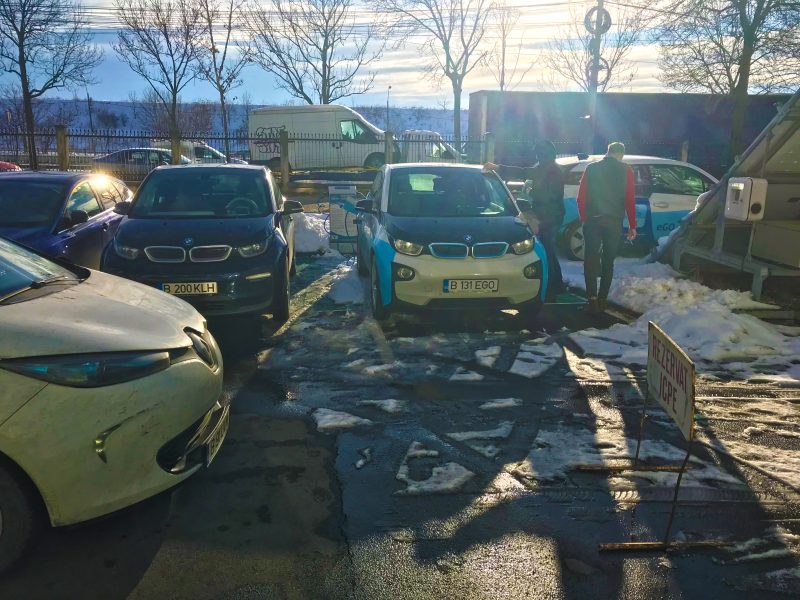
Operating costs of an EV
SPEAK TO ANY electric car owner and, right after explaining their charging routine, they’ll say how much easier, and cheaper, their car is to maintain than one powered by an internal combustion engine (ICE). And for good reason. Tusker, a fleet vehicle operator in the UK, released data in November 2022 that
-
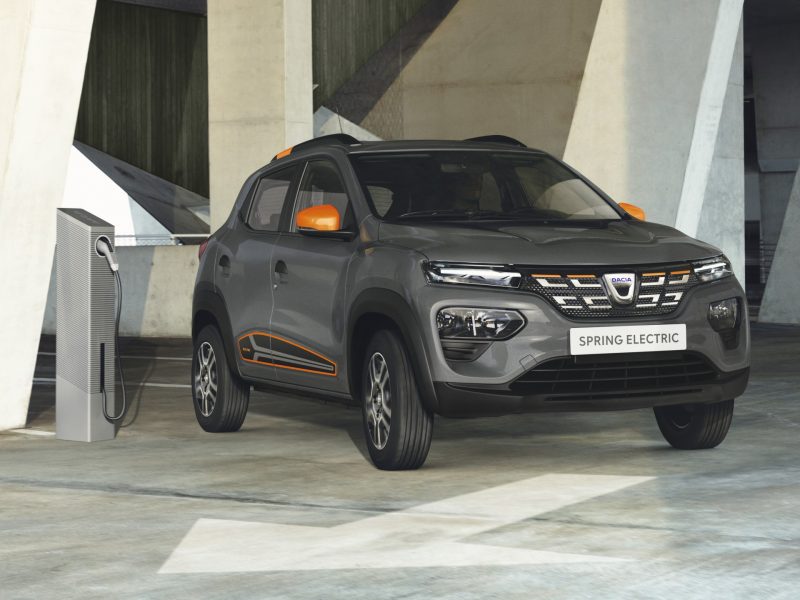
Consumers on your EV battery
YOUR WIPERS ARE working overtime to clear the screen of torrential rain and headlights are set to full beam to seek out corners of the unlit country road ahead. Meanwhile, the climate system and four heated seats do their best to keep you and your family warm on a freezing winter’s
-

ELDRIVE : €40 million from EIB for 10,500 charging stations in Eastern Europe
“The European Investment Bank (EIB) announces a EUR 40 million financing for eMobility International AD (operating under the Eldrive brand), for the installation of more than 10,500 charging stations for electric cars in the Eldrive network, which currently includes three markets, Bulgaria, Romania and Lithuania, aiming to expand in Latvia
-
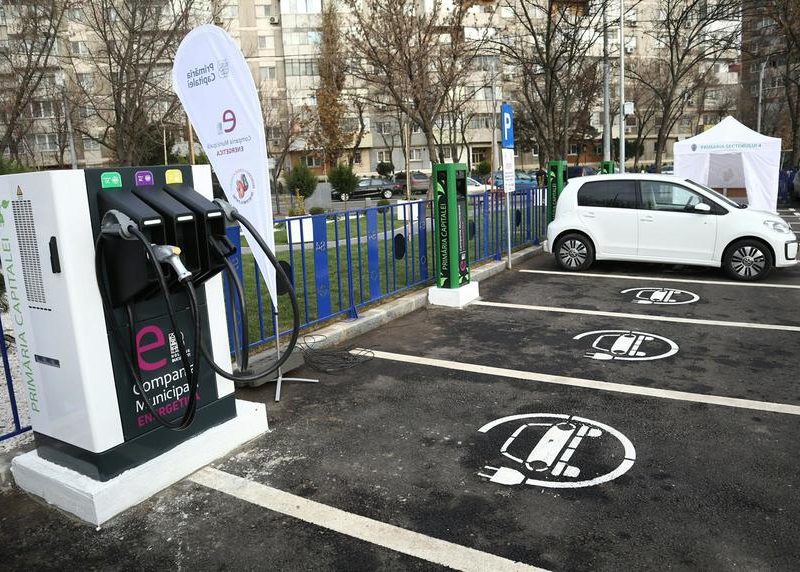
The Capital City Hall installs 40 charging stations
The Capital City Hall installs 40 power stations in several key points in Bucharest. The charging stations will be marked with a specific sign, which will be indicated both on asphalt and on lighted information panels. Energetica Servicii Company will place the electrical charging stations in the spaces provided
-

Why did Tesla adopted LFP batteries ?
Currently, there are two mainstream battery technologies in the market for all-electric vehicles, lithium iron phosphate (LFP) battery and NMC/NCA lithium batteries. These two types of battery compete in many application fields/scenarios, and the toughest competition field is in electric vehicle industry, which consumes the biggest amount of lithium batteries
-
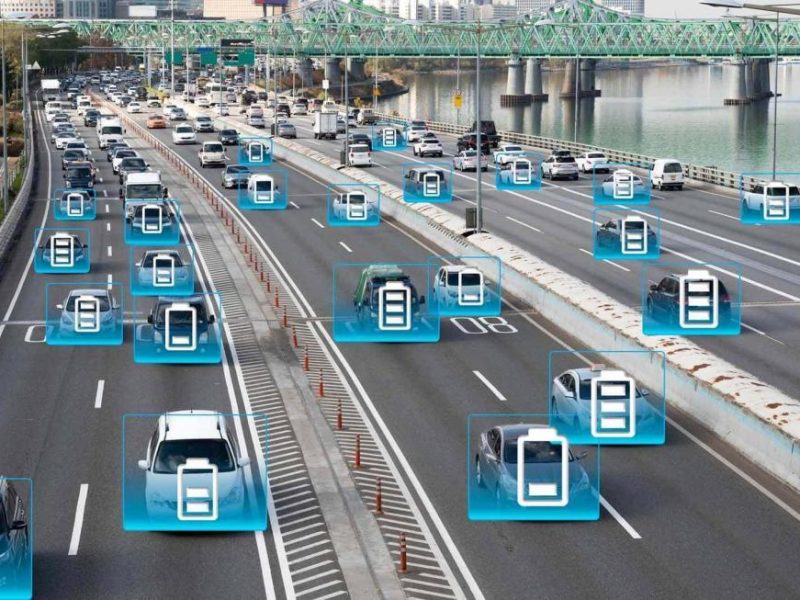
World City Roads Electrification by 2030
The global auto industry is undergoing a sea change, with implications for the energy sector, as electrification is set to avoid the need for 5 million barrels of oil a day by 2030. Global sales of electric cars are set to surge to yet another record this year, expanding their
-
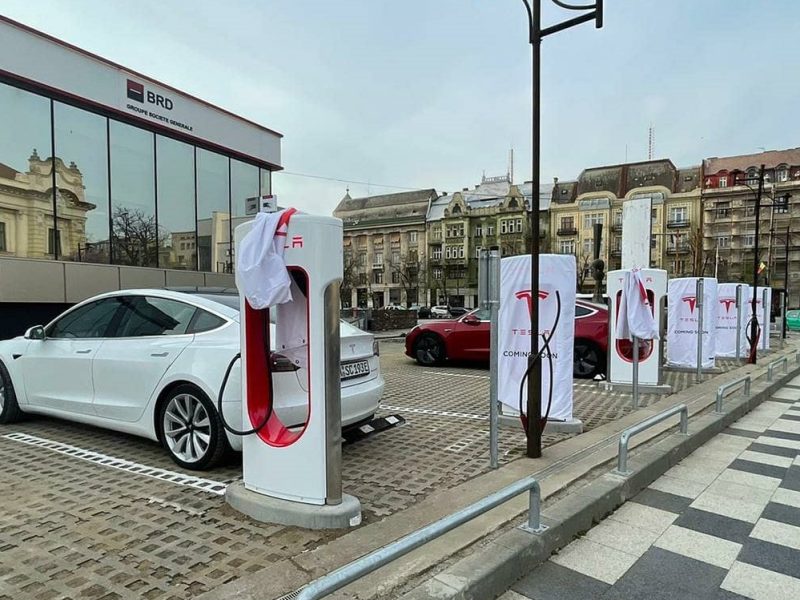
How much does it cost to charge at Tesla Supercharger Romania
Tesla Supercharger stations in Romania and Hungary became paid as of March 9, 2023. The payment is made per kWh, depending on the amount of energy consumed, not per minute. Charging rates at Tesla Supercharger stations vary by location, both in Romania and Hungary. Currently, there are no differentiated prices
-
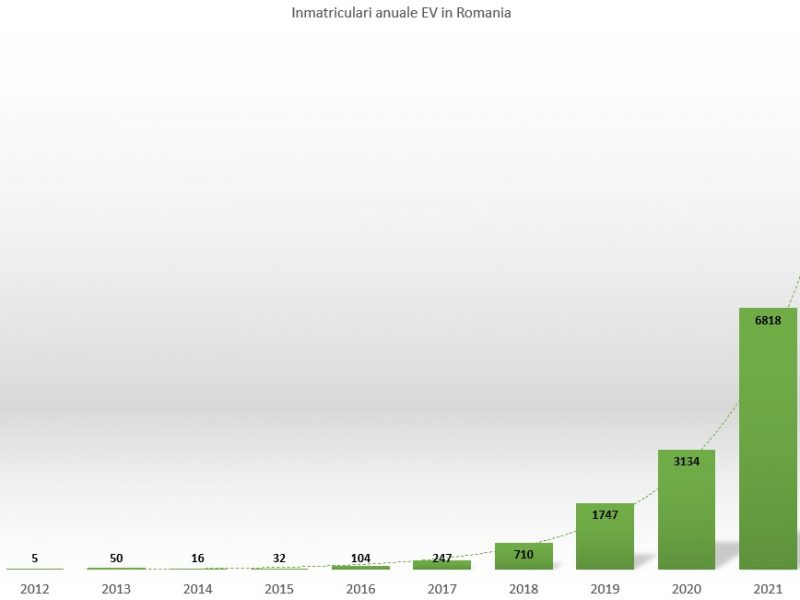
Dacia Spring Conquer Romanian EV Market Share in 2022
Dacia Spring Conquer Romanian EV Market Share in 2022 The EV market share rises in 2022 with 98% from the previous year due to the mighty sales of Dacia Spring EV. The little, cheap, cute EV sold in 2022 in more than 6000 units in Romania. The number of EVs
-
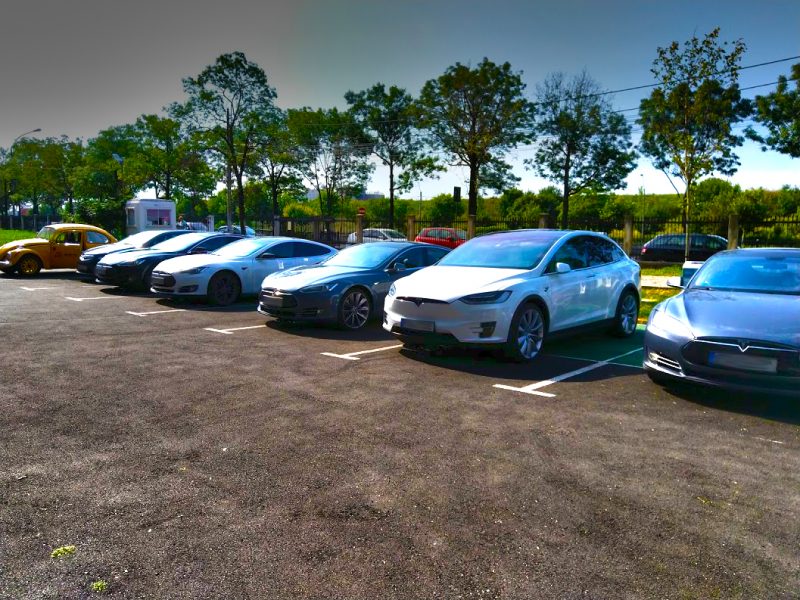
EVs in the times of gas prices combustion
Though gas prices have eased up in recent weeks, fueling the family car is still taking a financial toll on many households, especially those who rely on a large SUV or pickup truck, and/or a model that runs on costly premium-grade gas as their primary mode of transportation. This situation
-
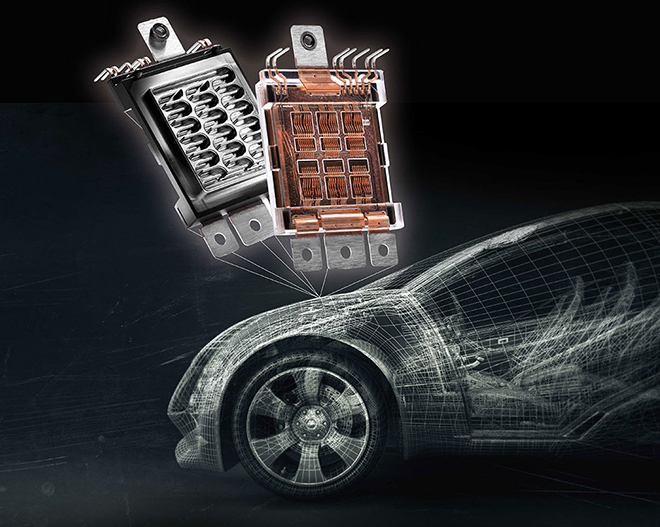
Net-Zero Road Transport By 2050 Still Possible, As Electric Vehicles Set To Quintuple By 2025
Last internal combustion vehicle must be sold by 2038 to achieve net-zero global fleet by 2050; urgent policy action key, especially on heavy commercial vehicles finds BNEF London and New York, June 1, 2022 – The road transport sector can still reach net-zero emissions by 2050 through electrification, but urgent
